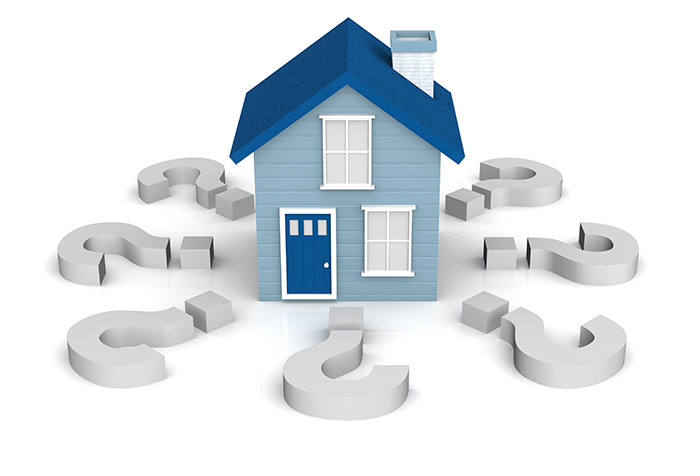
Step 1. The Down Payment
You may have heard that you need 20% of your home’s sale price for your down payment, and in a perfect world, that is true. However, loan programs allow for down payment amounts ranging from 20% of the sale prices to 0%. Loan programs such as VA loans for veterans and their families and USDA loans for borrowers living in rural areas allow you to finance the full amount. There are other restrictions as well, but both are excellent options for the right borrower. The takeaway message is that your down payment can vary from 20% of the home’s total cost to 0% of the total cost. And, knowing how much you need for your down payment will get you off to a quick start. An experienced mortgage loan officer can provide information on all the loan programs available.
Step 2. Your Credit Score
The second step is knowing your credit score. Your credit score is an essential factor in determining if you qualify for a mortgage loan. The better your credit score, the easier it is to get a loan with a lower interest rate. Borrowers with a strong credit history are considered less risky and more likely to repay their loans on time. The three major credit bureaus offer a free credit report every year, and you should take advantage of this offer. You can learn more on the Federal Trade Commission website.
Step 3. Get Pre-approved
To be competitive in the current seller’s market, you must get pre-approved for a mortgage. A pre-approval is a thorough review of income and assets. A pre-approval will help you know which homes are in your price range. It is an essential item to have when you are ready to make an offer on your dream home. The sellers and the realtors will take your offer more seriously if you come in with a pre-approval. Only a licensed loan officer can provide you with an official pre-approval letter.
Step 4. Find a Realtor
The fourth step is finding a realtor. Finding a good realtor who will help you go through the process of looking for a home will make the process so much easier. Your realtor will help you find properties that fit your wants and needs. Your realtor will help you negotiate the price you will pay for your home and make sure the property is safe for you and your family.
Step 5. Find your home
The fifth step is going to find your new home! At this step, you go with your realtor to search for homes that match your preferences and must-haves. And now, the fun part! You get to tour homes and decide which features you want in your new home! You will strategize with your realtor to come up with the amount you wish to pay for the house, and then you make your offer!
Step 6. Get a Home Inspection
The next step is to get a home Inspection. In this step, you hire a home inspector to look at the house in detail. This step is vital because many homes can have issues that are not visible to the homebuyer by just walking through the house. It is a precautionary step to help prevent any problems for you down the road. Termites, mold, and asbestos are just some of the issues a good home inspector will uncover. The homebuyer hires the home inspector.
Step 7. Apply for a loan
If all checks out now, it is time to move your pre-approval to an application. Borrowers can complete online applications in just minutes. You are already well on your way with your pre-approval. You will have to provide updated documents and possibly rerun your credit if more than three months have passed since your pre-approval date.
Step 8. Get an appraisal
The next step is a home appraisal. At this point, the lender receives a chance to check over the house and make sure that it is a good investment. Lenders do not want to lend on a property that is not worth the asking price. To get a mortgage, you need to have collateral. The home is the collateral, so the lender will have to confirm the value of the property. The lender hires the appraiser, and the borrower pays for the appraisal. Appraisers focus on the quality and condition of the appliances, plumbing, flooring, and electrical system. The homebuyer is entitled to a copy of the appraisal. If your appraisal comes in too low and you had a contingency in your purchase and sales contract, you can walk away from the deal.
Step 9. Close on your home
At this point, you meet with everyone involved with the real estate transaction, including the seller, the mortgage loan officer, and the closing agent. You will pay your down payment, closing costs, and any other fees required to close the loan. You get the keys to your new home at this time, too!




